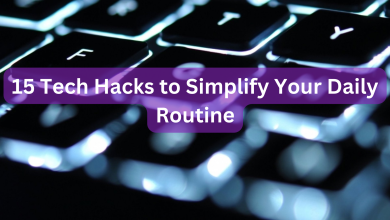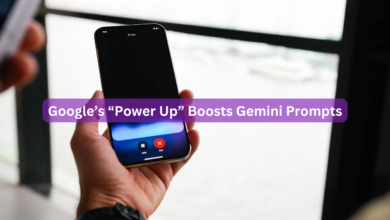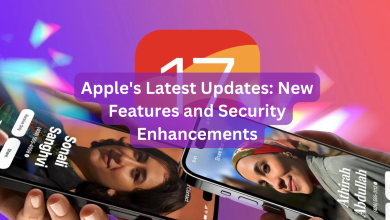NFC vs Bluetooth: Which One is Better?

Understanding NFC and Bluetooth
NFC (Near Field Communication) and Bluetooth are both wireless technologies that enable short-range data transfer between devices. While they share some similarities, they differ in speed, range, security, and use cases.
What is NFC?
NFC is a touch-based wireless communication technology that allows two devices to connect instantly without a pairing process. It operates at a frequency of 13.56 MHz and is commonly used for contactless payments, access control, and small data transfers like sharing contacts.
There are two types of NFC devices:
- Passive devices: These can only send data and require an active device to communicate with. Examples include access cards, NFC tags, and digital keycards.
- Active devices: These can both send and receive data. Examples include smartphones, smartwatches, and payment terminals.
NFC technology works by using radio waves to create a connection between an active reader (such as a smartphone) and a passive NFC tag. This allows for quick and secure data exchange over very short distances, usually just a few centimeters.
What is Bluetooth?
Bluetooth is an older wireless technology that enables direct radio transmission between paired devices. It operates on the 2.4 GHz frequency and is widely used for connecting devices like smartphones, speakers, headphones, and gaming controllers.
Bluetooth has evolved over time, with the latest version offering improved speed, range, and power efficiency. However, pairing devices can sometimes be glitchy, and Bluetooth is more vulnerable to security risks compared to NFC.
Key Differences
Use Cases
NFC is primarily used for secure, short-range interactions like mobile payments, access control, and quick data exchanges. Bluetooth, on the other hand, is better suited for transferring larger amounts of data and maintaining continuous connections, such as streaming audio or connecting multiple peripherals to a device.
Frequency and Connectivity
Both technologies operate on different frequencies, preventing interference. NFC uses a lower 13.56 MHz frequency, while Bluetooth operates at 2.4 GHz. Bluetooth also has a mechanism called frequency hopping, which helps prevent signal interference.
Range and Speed
NFC has a very short range of just a few centimeters, making it ideal for secure applications like payments. Bluetooth has a much wider range, typically reaching 10 to 20 meters, making it better for device connections over a distance.
In terms of speed, Bluetooth is significantly faster, capable of transferring data at up to 2 Mb/s, while NFC has a maximum transfer rate of 424 Kb/s. However, NFC establishes connections almost instantly, making it more efficient for quick interactions.
Power Consumption
NFC is extremely power-efficient, using minimal energy and sometimes drawing power from the connected device. Bluetooth, while still energy-efficient, consumes more power when actively scanning for connections.
Security
NFC offers greater security due to its short-range operation and encryption protocols, making it the preferred choice for contactless payments and sensitive transactions. Bluetooth, while secure in most cases, is more vulnerable to hacking if proper precautions aren’t taken.
Device Connectivity
NFC supports one-to-one connections, meaning only two devices can communicate at a time. Bluetooth, however, allows one device to connect with multiple devices simultaneously, such as pairing a smartphone with a headset, smartwatch, and speaker.
Which One Should You Choose?
The choice between NFC and Bluetooth depends on your needs. If you require fast, secure, and low-power interactions for payments or access control, NFC is the better option. If you need to transfer larger files, stream audio, or connect multiple devices over a longer range, Bluetooth is the way to go.
Interestingly, these technologies can complement each other. Some devices use NFC to initiate a Bluetooth connection, combining the best of both worlds.
For those interested in using NFC for digital payments, exploring the best NFC wallet options is a good place to start. If you rely on Bluetooth, learning how to manage Bluetooth connections on Windows can enhance your experience.







